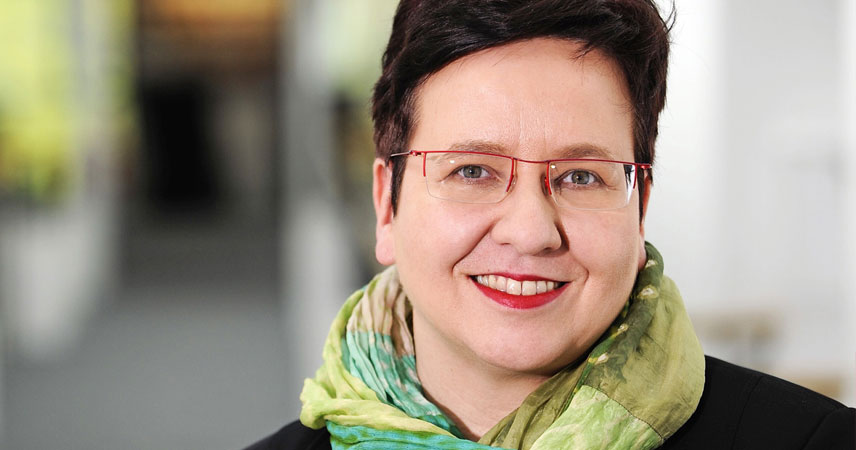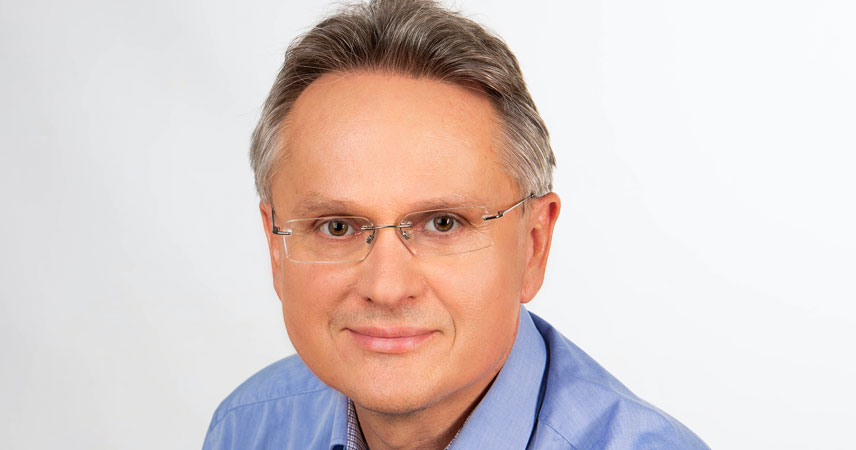
What place do you think akzente had back in the day? And how does that compare with today?
Jörg Schindler: When we founded akzente, it was the only GIZ medium that offered independent journalists a forum to report on development cooperation in our partner countries in a way that attracted a wider audience. They wrote for the magazine because they felt it was important to see their reports and photos printed. This lent akzente great credibility in the eyes of its readers.
Ute Schaeffer: Credibility and diversity – these are the qualities that have always set akzente apart, then and now, and will continue to do so. Reports and interviews illustrate what GIZ and its partners actually achieve on the ground. Our analyses tackle current topics like green recovery, global health and cohesive societies, and demonstrate why these approaches are effective in addressing crises and in pandemic control. And finally, thumbnail sketches and vivid photos turn the spotlight on the people working on the ground in partner countries.

What do you appreciate most about akzente?
Ute Schaeffer: akzente offers very varied reading on issues that are close to our heart at GIZ – sustainable development and international cooperation. The texts are shaped by our journalistic standards. We expect authors to provide exciting reports with vivid photos that look at the bigger picture. Our articles offer accessible and innovative responses to important questions, like ‘What is important for human safety and security?’ or ‘What is the impact of our work in fragile contexts?’
What changes has akzente seen since the late 1990s?
Jörg Schindler: In the mid-1990s the GEO publications were the gold standard for many journalists who aspired to high quality, factually founded reporting from beyond Germany’s borders. High quality reporting and photos, with magazines offering background information, as well as issues dedicated to individual topics and countries, set the standard back then. akzente was an attempt to replicate this concept with the resources at our disposal. The gradual transformation of akzente in the 2000s reflected changes in the way people were using media. Parallel to the onward march of the internet, these changes radically shook up the entire magazine and journal market. Long individual reports studded with photos gave way to shorter articles, analyses and infographics.
Does that mean that the move to the digital world is the next logical step?
Ute Schaeffer: Yes, exactly. Our target groups obtain most of their information online. Now we need to translate the high-quality journalism akzente has always offered into convincing online content. In future the printed magazine with a dedicated website will become attractive online content, opening up new opportunities to harness the potential of multimedia elements. We will be making greater use of video and audio content, as well as graphics. Moving images and multimedia content bring our stories and analyses to life more vividly, and make them more tangible. Our readers will be able to dive into our reports in more depth – even from mobile devices. The digital transformation will ensure that our akzente content can be found where our readers generally seek thoughtful, well-told stories and insights into GIZ. Alongside the traditional website, our new look will also embrace LinkedIn and Twitter.